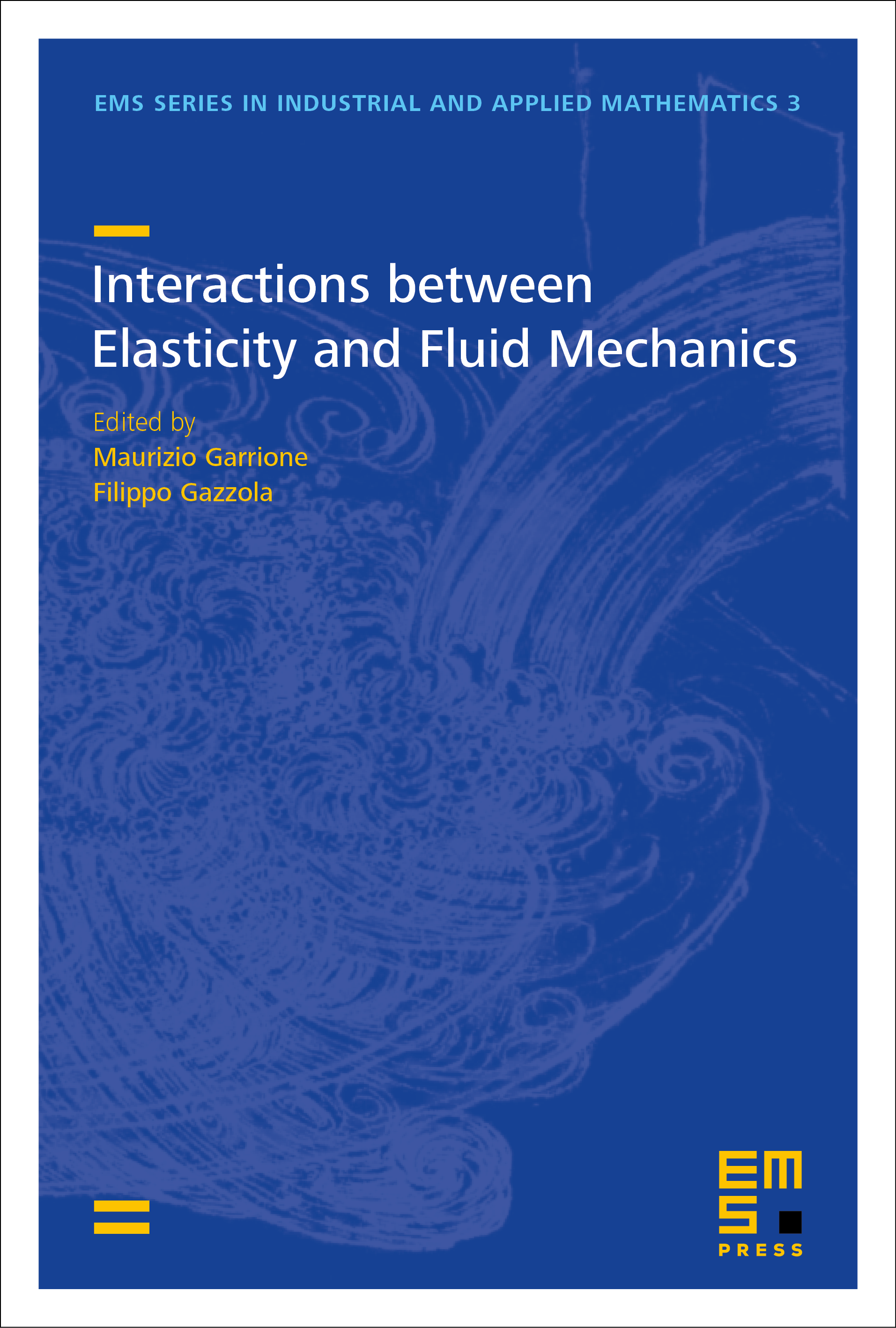Nonlinear modeling of suspension bridges
Walter Lacarbonara
Sapienza Università di Roma, ItalyGiovanni Formica
Università degli Studi Roma Tre, ItalyAndrea Arena
Sapienza Università di Roma, Italy

A subscription is required to access this book chapter.
Abstract
Nonlinear PDE models of suspension bridges are reviewed and critically discussed in increasing order of complexity starting from a planar theory up to a geometrically exact three-dimensional theory, which accounts for the full geometric nonlinearities in the cables and the beam-like deck-girder system. The exceptional funicular load-bearing capacity of cables combined with the bending capacity of deck-girder systems makes these structures very efficient, although the geometric nonlinearity of the cables and the high slenderness combined with light damping of the deck-girder system make them prone to a variety of instabilities. Most of the nonlinearities are associated with the suspension cables that exhibit a hardening or softening behavior caused by a rise or a loss of tension, respectively, depending on the loading direction. Coupled with the deck-girder, the cables deliver their nonlinear forces to the supported structure at moderate forcing levels well below the wind-induced critical states such as those associated with flutter or torsional divergence. The general consequence is that limit states reached at static or dynamic bifurcations occur at wind speeds lower than those evaluated by linear models. The nonlinear theories presented here can be exploited for future bridge designs, especially for the analysis of the limit states that result from the static or dynamic loss of elastic stability and the post-bifurcation response.